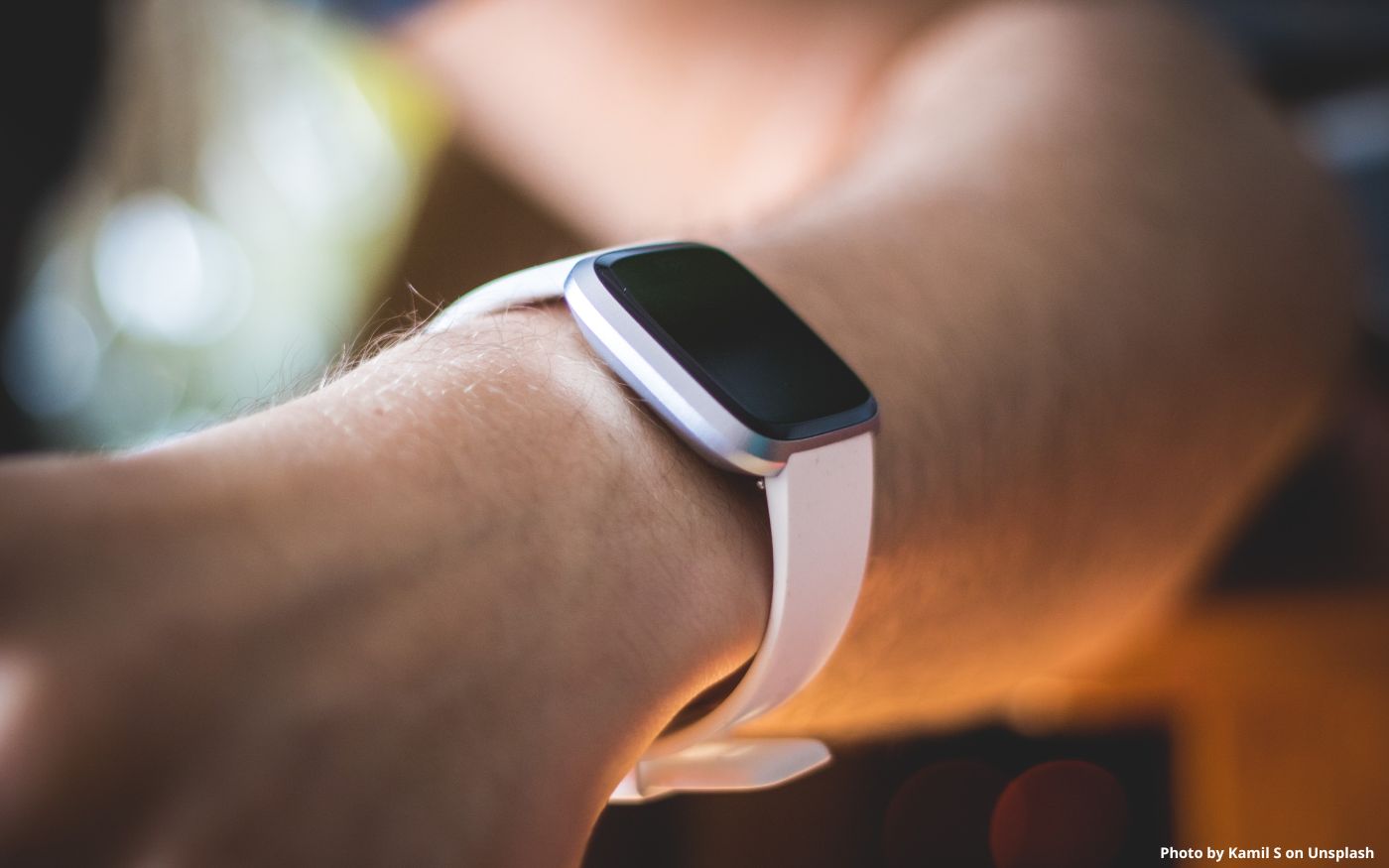Research by: Sandeep Puri, Shweta Pandey, & Deepak Chawla
Executive Summary
The internet of Things (IoT) technology has simplified our daily routine by interconnecting smart devices, applications, and services that significantly influence our decision-making processes and lifestyles. In addition, it influences economic activity across different industries and affects their strategic decisions, investment, and productivity. The wearable healthcare device market is one of the fastest-growing areas of the IoT, with emerging nations accelerating the growth resulting in an estimated market size of USD46.6 billion by 2025. This paper aims to explore factors impacting WFT device continued usage intention from perspectives of technology attributes (autonomy benefits), health attributes (self-health management benefits, diet-control benefits, health self-efficacy), and consumer attributes (age, gender, technological innovativeness, symbolic benefits, social benefits, hedonic benefits). The study integrates constructs from the technology acceptance theories and the health promotion model to develop the research model and hypothesis. The empirical analysis was conducted using data from 217 respondents from India. Logistic regression was used to identify factors that discriminate between groups with low and high continued usage intentions. Results indicate higher continued usage intention for WFT devices is driven by perceived benefits- health, autonomy, social and hedonic, and individual characteristics-technological innovativeness, and perceived health self-efficacy. Further, perceived symbolic benefits, diet control benefits, age, and gender does not discriminate between the groups with low and high continued usage intentions. The results may be limited to the context of the sample and the factors considered. The study suggests future research areas. The paper offers insights for marketers, governments, insurance firms, and related healthcare services on promoting higher usage of WFT devices to yield dual benefits of preventive healthcare and higher profitability. The study extends existing research by examining factors across consumer, health, and technological domains in a single framework and adds to the limited research in the context of usage of WFT devices in developing countries.
Keywords: wearable fitness tracking (WFT) devices, perceived benefits, user characteristics, health self-efficacy
To cite this article: Puri, S., Pandey, S., & Chawla, D. (2022). Impact of technology, health, and consumer-related factors on continued usage intention of wearable fitness tracking (WFT) devices. Benchmarking: An International Journal. https://doi.org/10.1108/BIJ-12-2020-0647
To access this article: https://doi.org/10.1108/BIJ-12-2020-0647
About the Journal
Benchmarking: An International Journal (BIJ) is the first journal to examine a business process design and improvement that is revolutionizing established practice and performance and is critical for companies committed to organizational performance based on measures/metrics, benchmarking, and implementing the best practices. Its enthusiastic reception by many prominent academic scholars and practitioners have created high levels of interest in benchmarking techniques and best practices which promise improved world-class organizational performance. Yet, strategies and techniques like total quality management, performance measurement, productivity management, and best practices must be understood in their proper contexts and implemented effectively to add value for all the stakeholders. This journal helps companies decide if benchmarking is the right tool for them and shows them how to go about it successfully.
Journal ranking
| Chartered Association of Business Schools
Academic Journal Guide 2021 |
ABS1 |
| Scimago Journal & Country Rank | SJR h-index: 66 |
| SJR 2021: 0.89 | |
| Scopus | CiteScore 2021: 7.4 |
| Journal Citation Reports (Clarivate) | JCI 2021: 0.99 |





